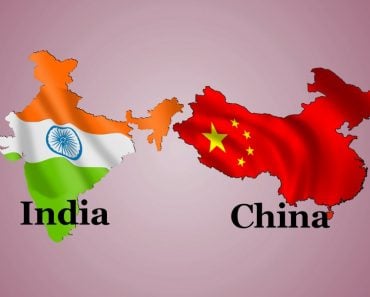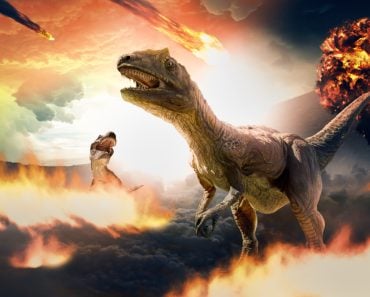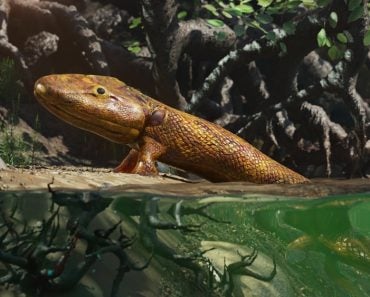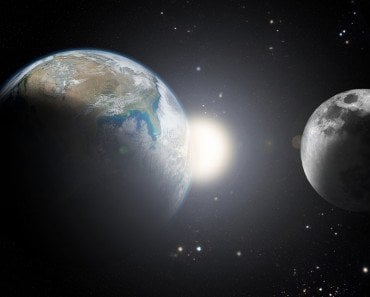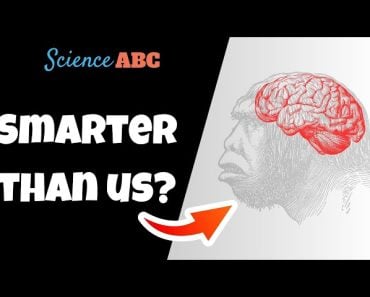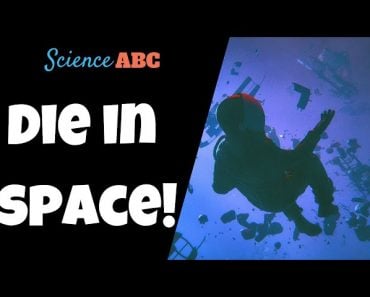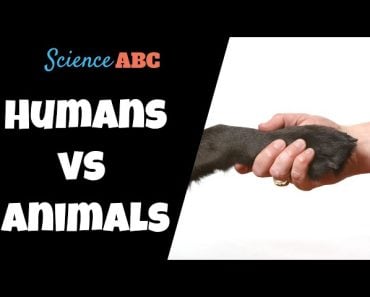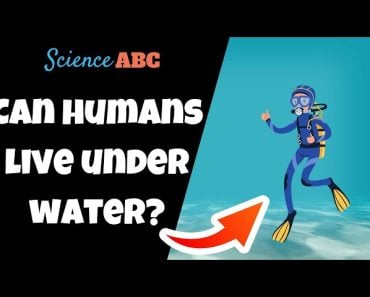Without humans, homes decay, animals fend for themselves, and cities revert to nature—no pollution or hunting, but no farms or pets. Human remains can be detected for up to 15,000 – 20,000 years.
Have you ever wondered what could happen if all human beings were suddenly wiped from the face of the Earth?
Even though this scenario seems impossible, throughout history, humans have faced events that have threatened large portions of the population, such as the Black Death in the 14th century, which killed nearly 70% of Europe’s population, or the influenza pandemic in the early 1900s, which affected 75 million people worldwide.
However, what if humans disappeared suddenly but not due to a pandemic?
Let’s examine the definite consequences one by one.
Recommended Video for you:
What Would Happen To Our Homes?
Nature has an immense power to take over everything if humans are not around to maintain them. Even the strongest structures are not immune to the elements. For example, a small hole in the roof of a barn, just 18″ x 18″, can let in the elements and cause the entire structure to collapse within a decade.
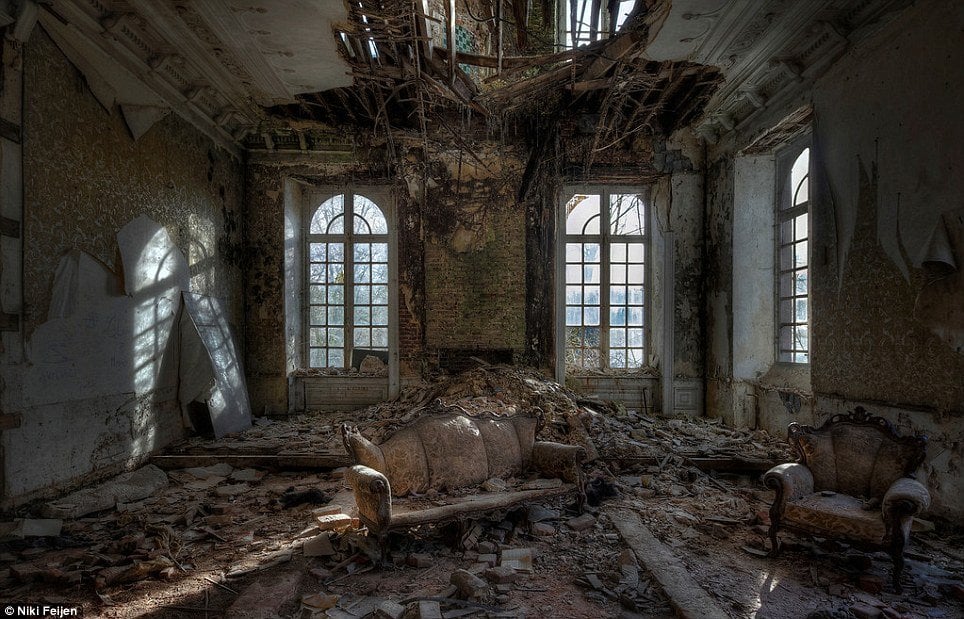
If humans were to disappear, houses made of wood would be destroyed by termites, and creepers would grow through the cracks, causing the wood to rot and eventually collapse. Concrete structures would also deteriorate due to extreme weather conditions, leading to their eventual collapse. In colder areas, pipes would freeze and burst, while basements would fill with soil and water.
Water would be the biggest enemy to all structures, causing untold damage over time. In the end, it would be as if these structures had never existed at all.
Also Read: Why Do Abandoned Buildings Decay So Quickly?
What Would Be The Impact On Animals?
If we were to disappear, the future wouldn’t be bright for domesticated animals. Livestock such as cows, pigs, and chickens would be left to fend for themselves, with over 1.5 billion cows, a billion pigs, and 20 billion chickens becoming easy prey for wild carnivores. Even our beloved cats and dogs would be forced to fend for themselves, competing with advanced hunters such as foxes, wolves, leopards, lions, and tigers. They would either adapt to the wilder ways or face extinction themselves.
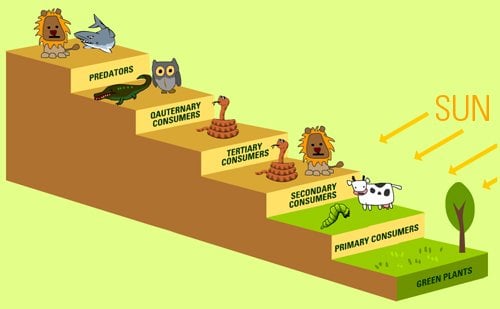
Without us producing trash, there would be a sharp drop in the population of rats and cockroaches. Head lice would quickly go extinct, and rats would become easy targets for predators, further decreasing their population. In time, the animal species would repopulate themselves until a balance is restored, as it was before humans arrived. The ocean would have many more fish, almost equal to what it was before humans began fishing.
Camels in Australia, huskies in India, and lions in the USA would become a common sight after a few hundred years.
Also Read: What Is The Role Of Humans In Modern Extinction?
What Would Happen To Our Great Cities?
If the pumps that keep water out of underground services fail, the subway tunnels would be filled with water within 36 hours, causing the subway services to shut down. This would result in rats coming out of hiding and roaming around, tree roots eroding the road systems, and undergrowth emerging from almost anything.
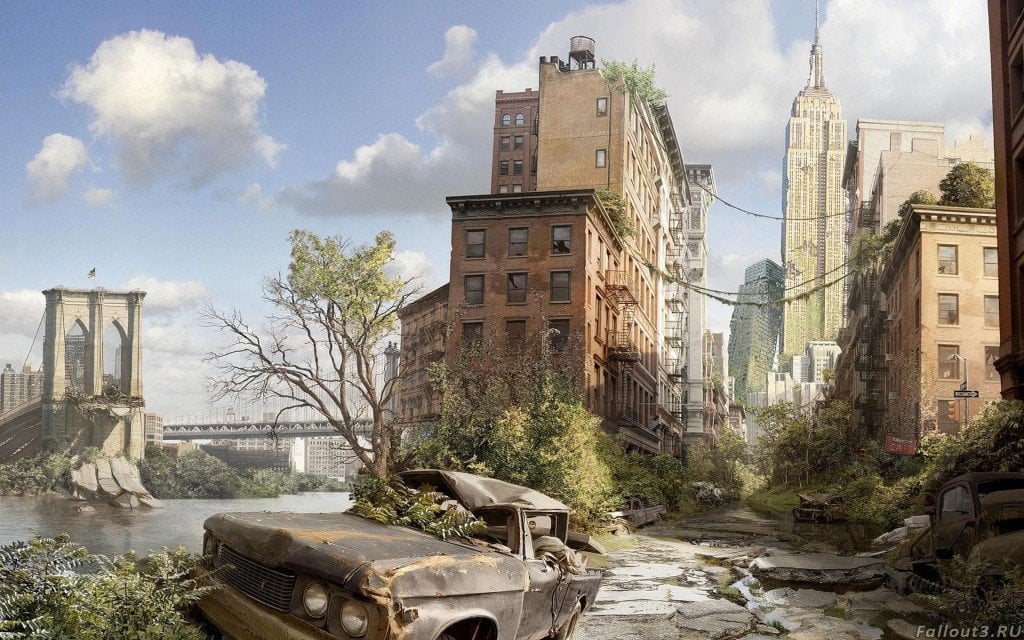
Zoo animals would escape from their cages, and cities would soon become forests. Water would seep through major structures, causing corrosion and the destruction of major steel structures such as the Empire State Building, CN Tower, London Bridge, Golden Gate Bridge, and more. Roads would turn into rivers, and iconic monuments like the Taj Mahal, Sydney Opera House, and the Leaning Tower of Pisa would eventually give in to corrosion.
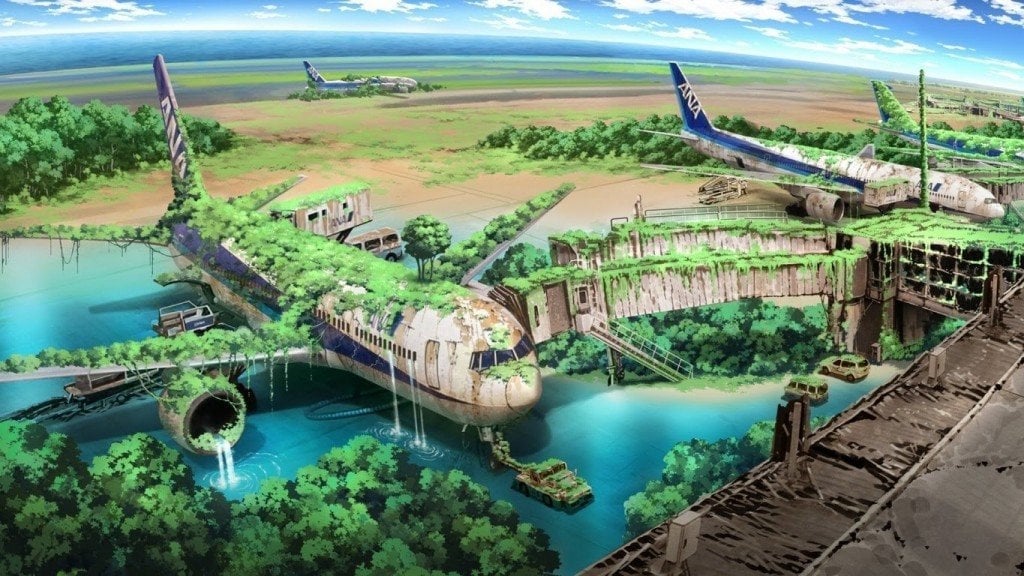
If the population drops to zero, it would take a hundred years for the dams to collapse finally.
Also Read: What Would Happen If We Lost Oxygen For 5 Seconds?
Will There Be Any Human Legacy?
After 15-20,000 years, not many traces of humans or human activity would be visible.
However, future scientists will certainly be able to identify signs of our presence, no matter how much time has passed since the moment we disappeared. The ceramic elements will definitely last longer, along with brass and plastic.
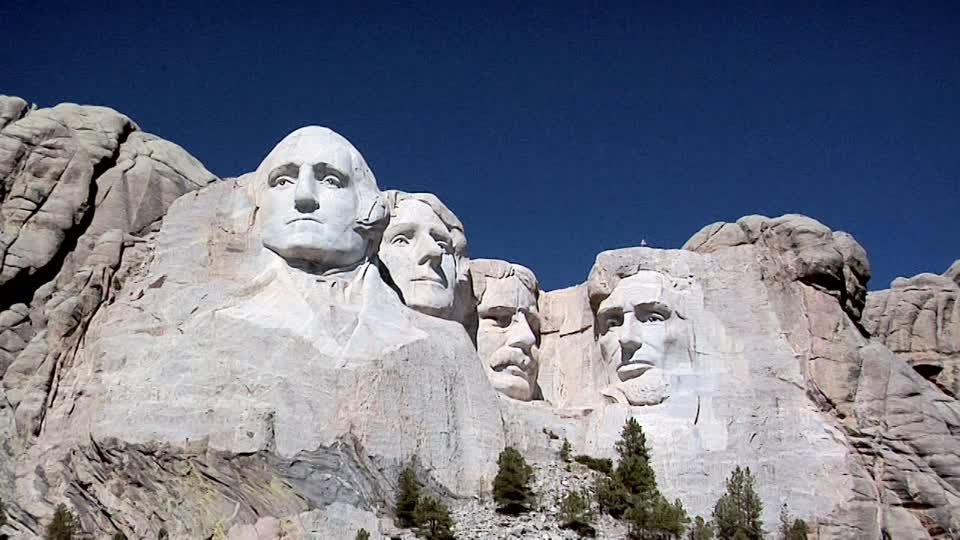
The four presidents carved on Mount Rushmore – George Washington, Thomas Jefferson, Theodore Roosevelt, and Abraham Lincoln – will endure for at least 7 million years.
Most Likely Scenario After Population Zero
Pripyat, near Chernobyl, Ukraine, was a majorly populated, booming town. This place was abandoned, however, after the nuclear disaster 20 years ago and remains deserted. From a distance, it seems like Pripyat is a solid city, but the buildings are slowly decaying.
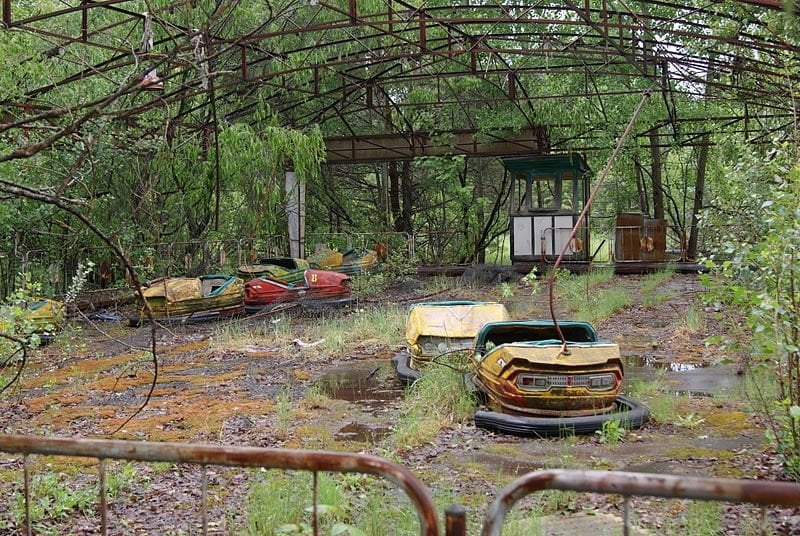
In conclusion, nothing will be spared because, in the end, nature always claims what is rightfully hers.
However, this is a highly improbable scenario, so chill out everyone. Humans are going to exist for a long, long time.
Also Read: How Long Can Nuclear Reactors Run Without Human Interference?
Last Updated By: Ashish Tiwari

